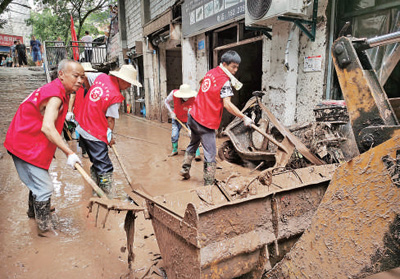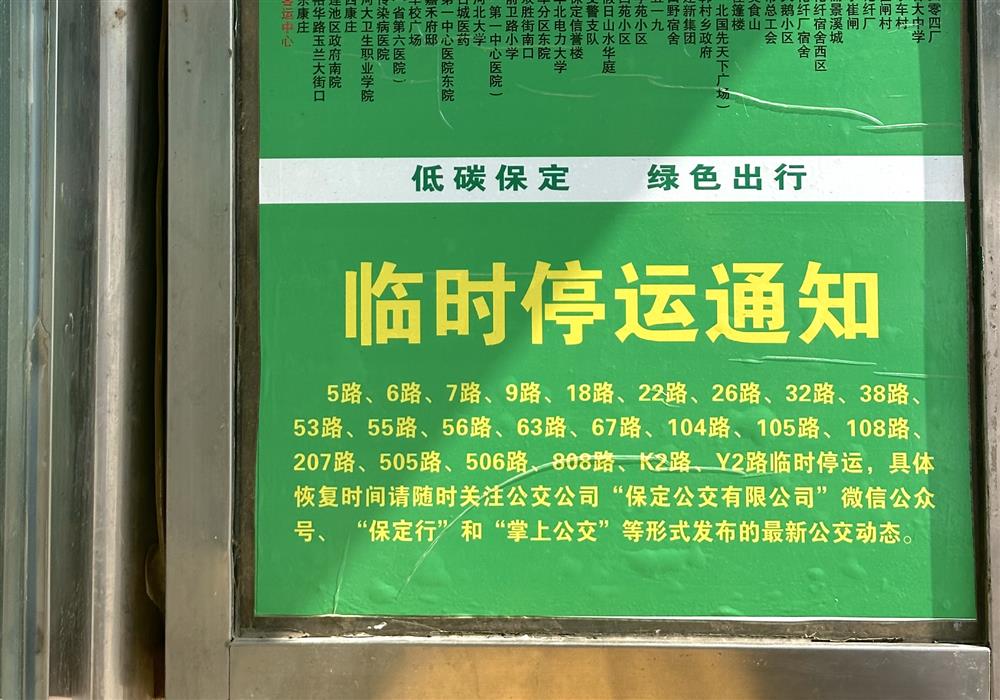"Remembering homesickness" and "finding the future", good urban space
Why can the Wukang Building become a popular check-in spot for internet celebrities, but some landmark buildings cannot?
Why do some places inspire vitality and attract traffic, while others make people unwilling to stay?
How can cultural development bring greater impetus to urban renewal?
On June 29, the 80th Jiefang Daily Cultural Forum and the 27th SEA-Hi! Forum were held at the South Hall of Shanghai Design Center. Five guests including Chang Qing, Xu Jinjiang, Wu Yue, Liang Yongan, and Wang Chong discussed the theme of "Cultural Empowerment, Urban Renewal".
We need both a “glorious city” and a “settled city”
"There are several types of urban renewal, which I summarize as 'retention', 'renovation', 'demolition' and 'combination'. 'Retention', 'renovation' and 'demolition' are public policies and principles, while 'combination' is something I added," said Chang Qing, an academician of the Chinese Academy of Sciences and professor at the School of Architecture and Urban Planning of Tongji University. At this event, he focused on the urban renewal strategy of "adaptive regeneration".
Chang Qing explained that there are several types of "patchwork", such as piecing together old and new buildings to create a new scene where the old and the new coexist. Another example is the collage of social formats, which meets the different needs of the people. The "patchwork" here can be understood as "symbiosis", the symbiosis of the old and the new, combining but being different.
Each generation of architects has its own mission. Chang Qing mentioned that the general appearance of the old city of Paris originated from the "Haussmann Plan" in the 19th century, and most of the houses are still there. Most of the skyscrapers in Manhattan are more than 100 years old, and the same is true for the old buildings on the Bund in Shanghai.
“As architects, we have to preserve them. But landmark buildings in historical environments are not just objects of appreciation. They also need adaptive regeneration to provide a driving force for sustainable urban development.”
"Now there is a term called 'lightweight', and 'light' refers to the lightness of young people. Internet celebrity check-in spots were actually invented by young people." said Xu Jinjiang, director of the Institute of Urban Culture Innovation of the Shanghai Academy of Social Sciences and president of Shanghai Culture magazine.
Why do some places become popular check-in spots? What are the common features of these places? He made a detailed analysis of this phenomenon through charts and data.
For example, internet celebrity check-in spots often occur in historical areas and places where outstanding historical buildings are concentrated; in areas where cultural activities are frequent, diverse, and rich, and in places of fashion trends; and in small-scale, high-density, mixed-functional neighborhoods.
Xu Jinjiang concluded that the streets of these popular check-in spots are generally 15-25 meters wide, so you can see people on the other side of the road. The lanes are narrow and the speed is slow, which is suitable for strolling. The width-to-height ratio of the street and the building is 1:1 or 1:2. Because buildings that are too high may cause a sense of oppression, and streets that are too wide may cause a sense of alienation. There may be 15-20 stores within 100 meters, which provides a good shopping atmosphere.
Xu Jinjiang also used Yuyuan Road as a specific example to vividly illustrate the shift in urban development from formalism to humanism.
He reminded that the production of urban space must consider the landscape as well as the community; it must consider the check-ins of tourists while also protecting the living space of residents; it must be a "glorious city" as well as a "settled city"; it must "remember the homesickness" while also "finding the future."
"In my opinion, the charm of Shanghai lies in its culture, human flows, interpersonal relationships and human relationships." Wu Yue, President of LVMH Greater China and Distinguished Researcher at the Institute of Urban Culture Innovation of the Shanghai Academy of Social Sciences, delivered a speech entitled "On the Warmth of People and Cities."
Nowadays, everyone is embracing the "new national trend". Wu Yue believes that Shanghai pioneered the "national trend" for a century. Between 1917 and 1935, the four major department stores demonstrated the concentrated high-end retail in China. In 1937, Li Kangnian founded the China National Products Company and launched the "414" high-quality towels.
"I hope that our younger generations will live up to his hard work and efforts to 'give it a try'." Wu Yue said that today's "new national trend" is actually a continuation of the efforts of predecessors and is to carry forward the "collective genes" that have been continuously accumulated and contained.
The city is full of vitality, but it cannot be separated from the flow of people. It is about where people want to go. He described the renewal and iteration of urban retail in the blink of an eye over 30 years. From the Bund Nanjing East Road Commercial Street, which started a hundred years ago, to the current Qiantan Taikoo Li complex, the logic of retail layout has not changed - demand and supply "match" and find the "right" group of people.
The city expands its layout, but it cannot do without human relationships. The times sublimate needs, but it still cannot do without human relationships.
"People, as users and shapers of cities, are defining cities every day." Wang Chong, Shanghai Director and Global Partner of Hassell International Design Consulting, talked about his own growth experience and shared a speech titled "Cultural Revitalization - The Beauty of Local Places in Urban Spaces."
Why are some spaces able to attract traffic, allow people to work and live better, and promote economic and cultural activities, while some spaces do not have such properties?
At Xuhui Riverside, some people eat lunch, some walk their dogs, and some bask in the sun. Excellent spaces can integrate human needs, ecological elements, life elements, and economic elements, tapping into the beauty of the place and creating greater value.
Wang Chong specifically analyzed several projects. For example, the PAC of Keppel Jing'an Center in Shanghai uses red bricks on a large area of the exterior wall. The design team tested more than 100 splicing methods of different scales and combinations, and worked with the old red brick factory in Yixing to innovate and reform the old craftsmanship. In the process of shaping and renewing urban space, there is also progress and innovation in industry and technology. This is the "beauty of the place".
"Today we live in a 'sandwich' of civilizations." Liang Yongan, a humanities scholar from Fudan University, expressed his views on the construction of urban cultural space from the perspective of human values.
He started with a few short stories of ordinary people, depicting how generations of people have moved from rural areas to cities since the reform and opening up, building a tide of urbanization and modernization, and how the individual values are a microcosm of national construction and development.
In the sense of cultural studies, cities are places where different cultures gather, grow, communicate and co-create. Today's young people are no longer the young people of the past, and the needs of the times are changing.
He gave an example, in the era of online shopping, people don’t have to go to bookstores just to buy books. The advantage of bookstores is that people can see each other. What is the meaning of seeing each other? Suppose a bookstore’s travel counter can provide a space for strangers to meet and communicate with each other, and everyone is willing to share their different travel experiences. Then the cultures of different regions will flow and converge in this small world, stimulating innovation.
Liang Yongan believes that the Chinese have shifted from the homogenous material needs of the previous generation to the diverse, individual and differentiated spiritual needs of young people. This is the greatest vitality, which activates individuals and creativity. As a gathering place for surging culture, cities should have the ability to respond to the new needs and changes of the times.





